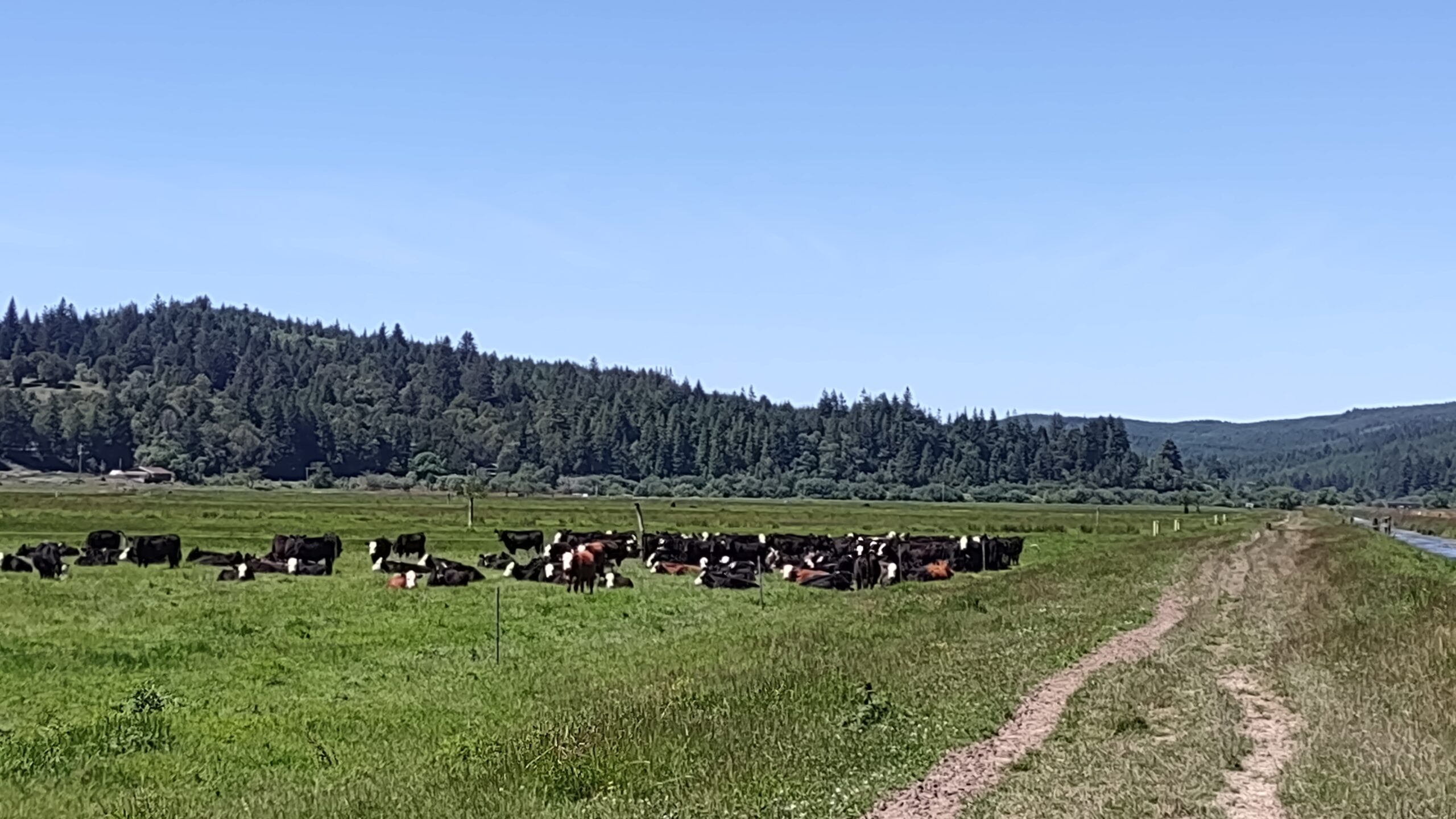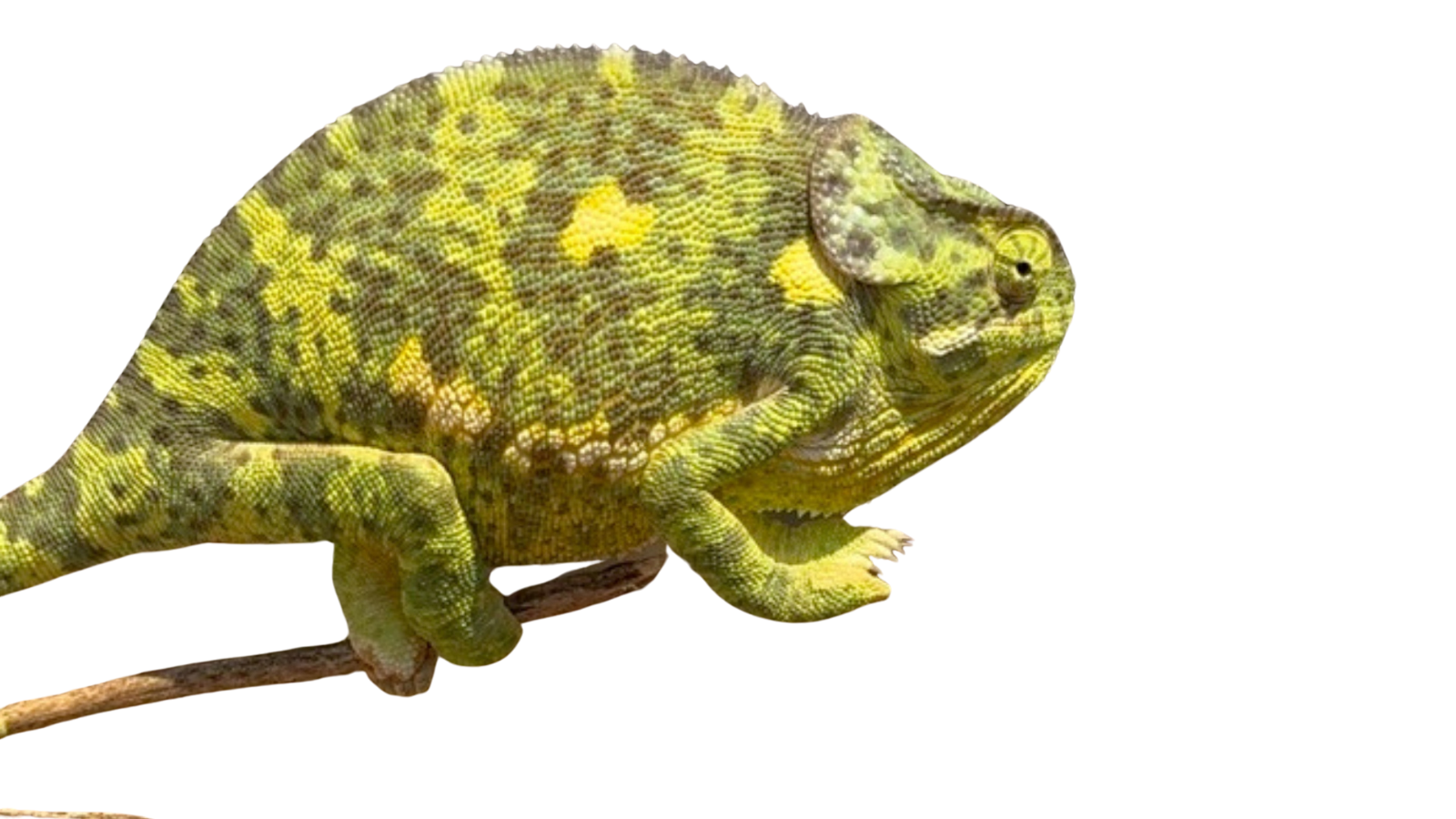
I have had an amazing season, some of which is due to mob grazing / total grazing. When I was in high school in the late nineties and saw pictures of Johann Zietzmann’s operation, I was convinced that all livestock should be “mob grazed” (it would be a decade before I heard that term).
A decade later, after having some experience working with mob grazing, I gradually became less enamored with it without really being able to put my finger on what exactly I did not like. I may have even said that the best I could say was that I didn’t hate mob grazing.
The most recent revitalization of the mob grazing concept has come from Jaime Elizondo, who articulates this as ‘Total Grazing.’ My apologies to Jaime or anyone else carrying that banner if I misrepresent anyone. I would like nothing more than to learn and hash these ideas out with Jaime or someone else with lots of practical experience in this realm. At this point, I will go out on a limb and say that mob grazing / total grazing is one useful tool for Evolutionary Grazing (as if we needed another buzzword). However, from what I can tell, mob grazing / total grazing does not have much value the way it is currently applied.
My guiding stars in this effort were various studies from the Serengeti ecosystem and personal communications with Bud and Eunice Williams, particularly regarding their management at the Preston Ranch in Arcata, CA.
First, definitions. Last time I checked, it seemed to me that ‘mob grazing’ meant letting the grass get really tall, putting the animals on as small a piece of this as possible for as short a time as possible, and making them eat it all down to the ground. People seem to do this (let the grass get tall, make the cattle eat it all) when they bring cattle together at density. I have a few problems with this sort of management. But I think that managing cattle at high density can be very valuable as one of the tools in the toolbox. The difference between how I used mob grazing this year and how I have seen it used in the past is two-fold. I will get to that eventually, and I am going to use this recent study from the University of Nebraska Lincoln as a way to get there.
This study looks to characterize the impact mob grazing has on vegetation, compared to several other ‘grazing systems.’ In short, the researchers weren’t impressed. They said it didn’t produce more forage or result in more root growth. The animals did trample more vegetation down, but without growing more grass, and since the animal performance was worse, this resulted in quite a bit less production. They report that it had “no effect on plant composition,” whatever that means.
I share this to emphasize some of the problems with mob grazing and some of the problems with the science that grazing researchers create. Let’s start with the science. The main problem is this study treats grazing experiments like they are physics experiments, where all the variables can be removed except for this one, ‘mob grazing vs. no mob grazing.’ Instead of using an experimental design borrowed from physics, we need to use an experimental design borrowed from other multi-variable disciplines, like business, finance, or psychology. I would say that no one would think that a certain business practice would be the variable that results in success.
You do not achieve success by using just-in-time inventory management or AI. Bad business practices can still be popular or even ubiquitous. What used to be a good practice can become bad (like just-in-time during 2021). And what differentiates businesses is often not whether they use AI but the skill they use in applying it. The same applies to mob grazing. Let me boil this down. In contrast to physics experiments, when you are studying grazing management (or business management), you are studying the impact of a human manager, not the impact of some system.
Imagine this. A business school wants to study whether just-in-time inventory management is better than having a whole bunch of stuff in the warehouse. So, the business school starts two lemonade stands on a stretch of sidewalk owned by the business school, managed and staffed by undergrads. In one lemonade stand, there is a huge basket full of lemons. In the second lemonade stand, a very small basket, and the undergrads run to Safeway just before they run out of lemons. What would business people draw from such a study? That it is safe to ignore business schools, which is coincidentally exactly what ranchers have concluded about range management schools.
Business research looks at real businesses. Range management research should look at real managers. That being said… this research does mesh with some of my own observations, and it lines up with the research data from the Serengeti. This research does not support the claims made by mob grazing / total grazing proponents. Both the researchers and the proponents could benefit by actually looking at nature.
Next week I will describe how I adapted mob grazing / total grazing for the specifics of my environment and my business. To great effect, I think.

